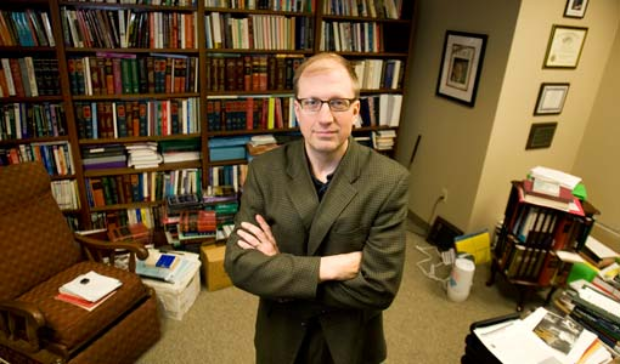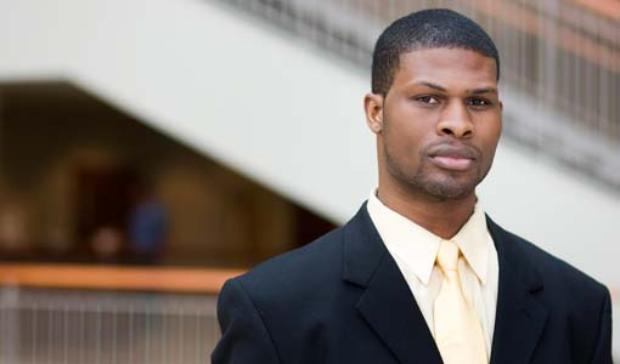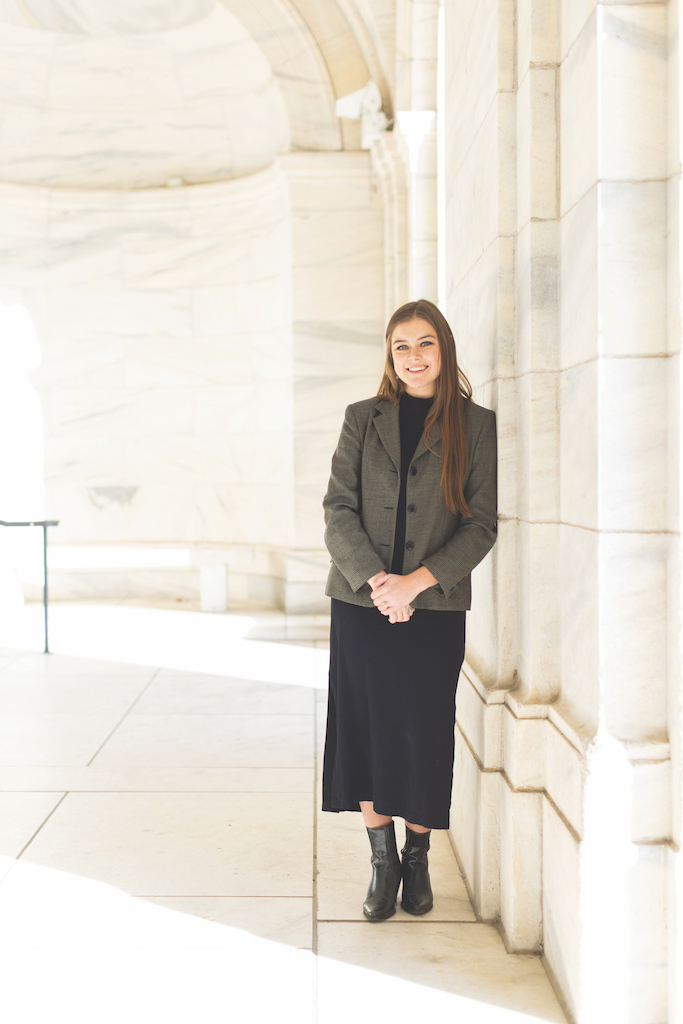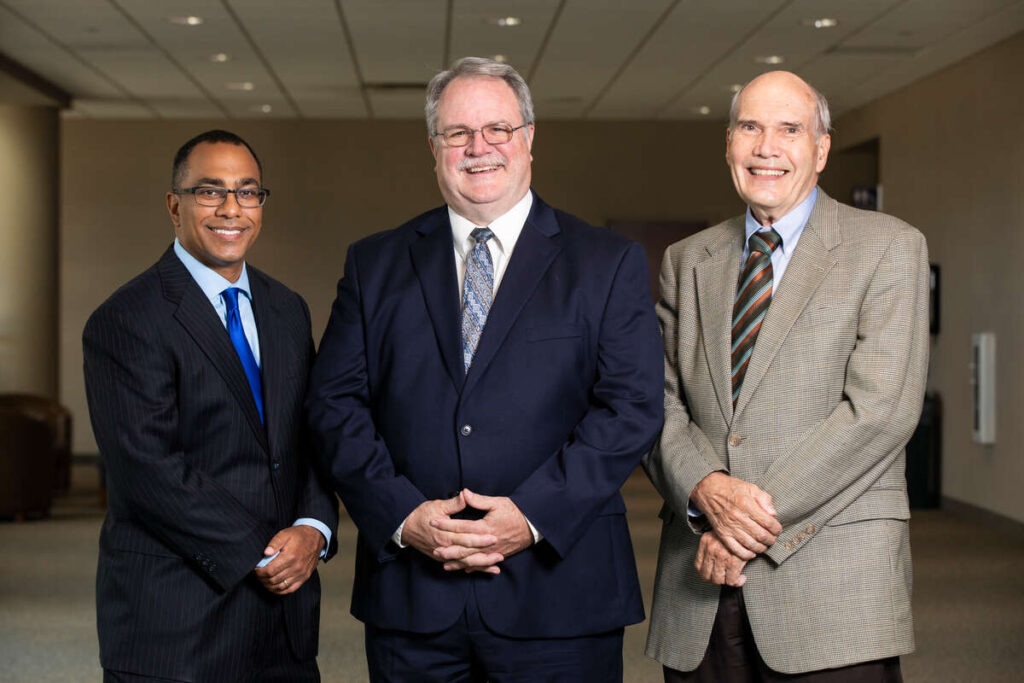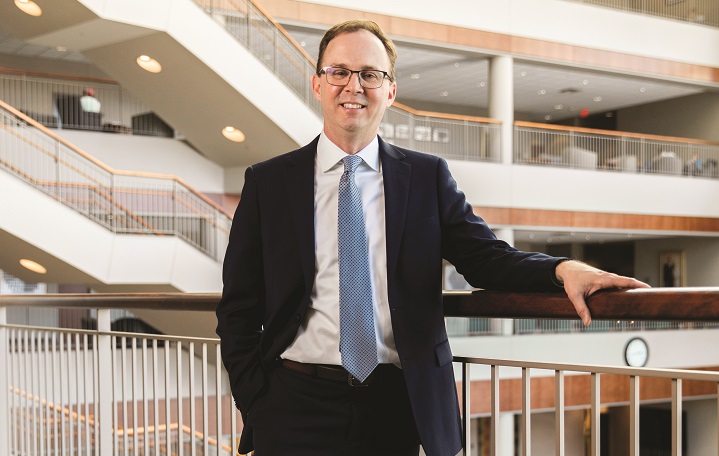Religious pluralism is one of the main concepts on which this country was founded. Our history is that of “a ‘Christian country’ [that] has become the world’s most religiously diverse nation,” as Harvard scholar Diana Eck puts it.1 Although Christians remain about 75 percent of the adult population, other religions are significant and increasing their shares. In 2001, there were not only nearly 3 million adherents of Judaism age 18 or older, but more than 1.1 million Muslims, 1 million Buddhists and 750,000 Hindus; the figures double or nearly triple when children are added.2 Islam, Buddhism and Hinduism all doubled or tripled in numbers in the 1990s while Christianity grew only 5 percent. Christians themselves fall into a bewildering variety of denominations and groups. A particularly large, growing religious category is Americans of “no religion,” who now total 29 million adults, 14 percent of the adult population.
Minnesota is experiencing this increase in diversity. Once heavily Lutheran and Catholic, the state now has, for example, a significant Muslim population. The change is evident in a number of high-profile disputes about government actions concerning Muslims, from cab drivers at the airport to foot-washing facilities in college restrooms to accusations of improper religious activity by a charter school serving Muslim children.
I have spent much of my academic career doing research and advocacy on church-state relations under the First Amendment and other legal provisions. A fundamental question is how America’s constitutional principles of religious freedom apply in the situation of deep disagreement over basic questions concerning religion. Our constitutional tradition has come to recognize religious pluralism as not just a fact but a moral norm, in the sense that all positions on religious matters, no matter how obscure or unpopular, deserve equal treatment and a significant level of freedom from the government. But just what does America’s religious pluralism mean for government?
How Government Handles Religious Pluralism
One simple response to religious diversity is for government to have nothing to do with religion, to take no account of and have no contacts with it. Only in this way, one might argue, can government give equal treatment to the vast range of faiths. Consider the Supreme Court’s interpretation of the First Amendment’s clause against “establishment[s] of religion.” Originally the clause most clearly prohibited official preferences for one religious denomination over another; but the Court has said that in today’s circumstances of increased diversity the clause extends to prohibit government from preferring “religion over irreligion,” even through a widely accepted message like a display of the Ten Commandments.3 If in 1791 it was unacceptably partial for the federal government to take sides among the Christian denominations that then dominated the population – stirring up “civic divisiveness” among those groups, in the Court’s words – then with today’s profusion of faiths, the government position on religious matters becomes unacceptably partial and divisive.
But this approach raises serious problems. If government can have no contact with religion, this may mean – especially in an era of active, pervasive government – that religion is privatized, cut off from any effect on public life. For example, our public schools do not teach religion, and this is necessary to protect children of varying faiths from being subjected to teaching that will inevitably favor the majority faith(s). But the absence of religion can also give the impression that schools, which teach so frequently on morals-related subjects, think that religion is unimportant to morality or even counterproductive. If the absence of religion carries that message and effect, it too creates a tension with religious pluralism. Many religious adherents and groups view their faith as far more than a private matter – as relevant to all of life, including the good of society. If the serious believer is marginalized by government, that too seems inconsistent with a real pluralism among different approaches to faith.
To put the problem differently, America’s distinctive religious condition is one of great devotion as well as great diversity. Among developed Western nations, our religiosity stands out: 59 percent of Americans in 2002 said that religion plays a very important role in their lives, versus 33 percent in the United Kingdom and 11 percent in France.4 For many of these Americans, the personal importance of religion translates into its importance for public life as well. Muslim nations report even higher levels of religiosity, exceeding 90 percent in Indonesia and Pakistan. But these nations have relatively little religious diversity; it is natural for the state to be officially Islamic even if it tolerates other faiths. Devotion combined with diversity is more complicated. How can a religiously diverse society have equal freedom for all faiths, without unduly privatizing religious devotion in a way that seems itself to favor one approach to religion and to restrict religious freedom?
These questions resemble ones that the School of Law faces. Legal education overwhelmingly shies away from exploring how religious ideas relate to law, in part because of a fear that majority religious views will dominate such discussions and minorities will feel silenced. Our school is committed to welcoming students, faculty and staff with varying views on religion. But to enable this diversity by avoiding the exploration of religious ideas and law would undermine the School of Law’s very reason for being: to integrate faith with reason explicitly in the search for truth about matters of justice. For the School of Law, too, the question “how to combine devotion with diversity” is central.
Now, the best approach to this problem is likely quite different for the School of Law, a private institution grounded in the Catholic faith, than it is for the state. I’ll say a little more about our law school at the end, but I will mostly discuss the state’s posture.
Government Embraces Nonsectarianism in Early Public Schools
For several decades, American governments tended to handle religious diversity not by avoiding religion altogether, but by avoiding “sectarian” religion and embracing “nonsectarianism.” The early public schools, founded in the mid-1800s, shunned any doctrines that divided Protestant denominations, but the schools were far from secular. They instituted religious practices that all Protestants shared: recitation of the Lord’s Prayer and reading of the Bible without interpretation by teachers or clergy. These practices, the schools’ founders claimed, reflected consensus about the importance of general Christian principles to society, especially to the socialization of children. By the same token, in the mid- to late- 1800s, the majority of states firmly rejected the provision of direct state aid to elementary and secondary schools operated by religious denominations – the vast majority of them Catholic – on the grounds that their character was “sectarian.”
But the nonsectarianism approach – state endorsement of generalized religious sentiments – eventually broke down. Beginning in 1962, the Supreme Court invalidated official prayers and other official religious endorsements in the public schools, even when they were nondenominational.5 At the same time, the Court turned the prohibition on aid to K-12 religious schools into a quite rigid rule, striking down numerous programs during the 1970s.6
The Rules Flip-Flop
These rulings, especially on school prayer, triggered intense criticism and were among the examples of “judicial activism” targeted by Presidents Reagan, Bush I and Bush II. With Republicans appointing seven of nine justices since 1980, one might have expected a broad rollback of the restrictions on religion in government affairs. But what actually happened was surprising.
The conservative Court did shift the approach on government aid to private religious institutions, which is now often permitted where it was once forbidden. That change culminated in the 2002 Zelman decision approving a program of vouchers given to parents who could choose to use them at any private school, religious or secular.7 But the Court did not overturn the constitutional prohibitions on religious expression such as school prayer; it extended them. It invalidated brief officially sponsored prayers (even when given by students) at the beginning of school graduation ceremonies and football games.8 It also invalidated government religious expression directed not at impressionable schoolchildren but at adults – striking down displays of a crèche in a county building and the Ten Commandments in a courthouse.9 The rules have flipped from the nonsectarianism approach: Aid to denominationally controlled schools now is mostly permitted, while official exercises or displays of even generic religion often are forbidden.
I believe this change, in both its parts, serves the goals of religious pluralism. Government aid to religious schools or social services (drug rehabilitation centers, homeless shelters, and so forth) can give equal treatment to the wide range of choices of private individuals and groups concerning religion, while official prayers and symbolic displays cannot. Official prayers and displays of a nonsectarian sort may have worked tolerably when religious diversity in most parts of America was limited to Christians and (in some places) Jews. But such practices cannot reflect today’s radical diversity in American religion; they inevitably end up favoring messages acceptable to the majority but unacceptable to a significant minority. Those messages may reflect Christianity, or even more likely a least-common-denominator theism – prayer to a generic “God” – that waters down the content of each of the different faiths it claims to embrace. This disfavors not only atheists and agnostics, but also believers who reject commonality between their faith and others. The Supreme Court in the graduation-prayer case sensibly held that the government cannot construct such “an official or civic religion as a means of avoiding the establishment of a religion with more specific creeds.”10
In contrast, government funding provided to individuals can run to whatever schools or social services – religious or secular – each individual chooses to use. In fact, if recipients are disqualified from using their government benefit at religious providers, the government will thereby discourage them from choosing religious providers and will push them toward secular alternatives. This does not serve the cause of pluralism – especially since it is often groups with non-mainstream religious views that most feel the need to educate their children in a worldview and atmosphere different from that of public schools.
The best approach for government to take regarding the problem of devotion and diversity, I have argued over the years, is for the government to leave religion as much as possible to the independent decisions of individuals and groups. That does not mean government should have no contact with religion: When religious groups engage in an activity that the government assists, such as education or social services, to include the religious providers equally in that assistance is generally necessary to avoid creating a disincentive for the religious options. But leaving religion to the independent decisions of private parties calls for strong limits on the government’s own statements endorsing religion.
Where Does the School of Law Stand?
As I mentioned above, the best approach to the problem of devotion and diversity is not necessarily the same for other entities as for government. Different private organizations will handle religious diversity in various ways. Some organizations act from religious motivations in serving those in need but make little or no explicit reference to faith in their day-to-day activities. Other organizations, for example some evangelical Christian liberal arts colleges, are pervaded by specific religious language and serve only those in the same faith community. The School of Law strives to follow a third model that is challenging but, I believe, valuable and important: one in which the institution clearly expresses its religious grounding (Christian, particularly Catholic), but in which other religious identities are fully respected, their perspectives are aired, and their adherents are encouraged to integrate their beliefs into their professional lives as well.
That model values pluralism, but it does differ from the approach I’ve suggested for church-state questions, in which the government should avoid making its own religious statements in order to leave religious life in the hands of individuals and smaller groups. That approach is right for government, which is a limited institution that works best by providing a fair framework within which people of fundamentally different beliefs can coexist. But it is not exactly the right model for an institution such as St. Thomas’ School of Law, which – although committed to pluralism – has its own set of religious values that it ought to express and that ought to guide its most fundamental decisions. To take just a few examples, the law school sponsors regular Catholic worship, even as it facilitates other faith groups’ worship on campus; it sponsors an institute on Catholic thought and law and strives to ensure that Catholic voices are present in classroom and scholarly debates, even as it also affirmatively seeks for people of other faiths to contribute to these debates over our broad common goals of forming lawyers of integrity and serving those in need.
I believe that a serious religious institutional identity and a respect for diversity of views can coexist and indeed enrich each other, but I offer no blueprint here for balancing them. My limited point is that the approach for a religiously affiliated institution, even one that respects diversity, will differ from that of the government. Indeed, a crucial feature of religious pluralism in the overall society is the existence of a wide range of institutions pursuing their diverging religious missions. The Free Exercise Clause, the other religion provision in the First Amendment, guarantees those organizations the right to pursue their missions without government interference except in cases of necessity.
I encourage us all to think and talk about the hard task of respecting both religious diversity and religious devotion in the most appropriate way for each of the settings where they appear: church, school, workplace and government.
Author: Thomas Berg is St. Ives Professor of Law and a co-director of the Terrence J. Murphy Institute for Catholic Thought, Law and Public Policy (www.stthomas.edu/cathstudies/murphyinstitute). He has written four books, many articles and numerous appellate briefs on the subjects of religious freedom and the role of religion in American society. At the School of Law, he teaches constitutional law, intellectual property and religious liberty.
_____________________________________________________________
1 Diana L. Eck, A New Religious America 2-3 (HarperCollins, 2001).
2 www.gc.cuny.edu/faculty/research_studies/aris.pdf
3 McCreary County v. ACLU, 545 U.S. 844, 875-76 (2005).
4 “Among Wealthy Nations, U.S. Stands Alone in its Embrace of Religion” (Dec. 19, 2002), https://people-press.org/reports/display.php3?ReportID=167
5 See, e.g., Engel v. Vitale, 370 U.S. 421 (1962) (prayers); Stone v. Graham, 449 U.S. 39 (1980) (Ten Commandments display).
6 See, e.g., Lemon v. Kurtzman, 403 U.S. 602 (1971).
7 Zelman v. Simmons-Harris, 536 U.S. 639 (2002).
8 Lee v. Weisman, 505 U.S. 577 (1992); Doe v. Santa Fe Ind. School Dist., 530 U.S. 290 (2000).
9 Allegheny County v. ACLU, 492 U.S. 573 (1989); McCreary, 545 U.S. 844.
10 Weisman, 505 U.S. at 590.
